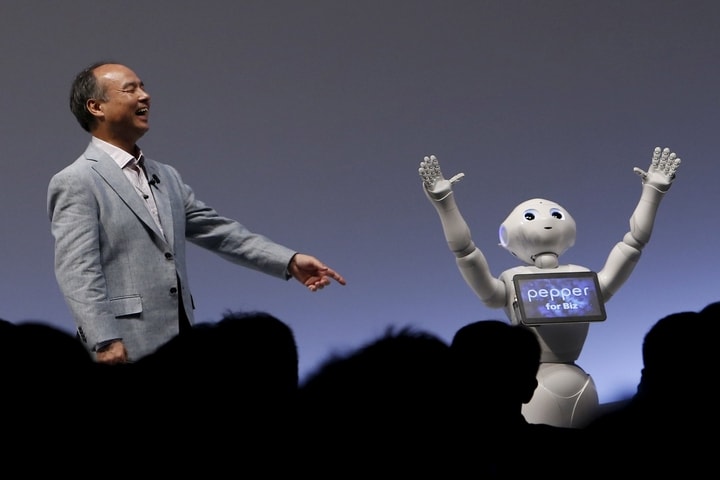Does artificial intelligence have a sense of humor? here’s what should you know

If a sense of humor is one of the traits that defines intelligence, artificial intelligence is becoming more so. Google has recently shown progress with a language model that allows, among other reasoning and natural language processing tasks, to explain the meaning of a joke.
In recent years, large neural networks trained for language comprehension and generation have produced language models (LLMs or “Large Language Models“) such as GPT-3, Gopher, or GLaM, with results that seemed impossible not long ago.
In this line, Google Research announced Pathways (PaLM, for its acronym in English) last year, a language model capable of handling 540,000 million parameters and developed with Google’s Pathways system that allows an AI to be trained efficiently in multiple TPUs or Tensor Processing Units.
These are Google’s custom-designed chips for machine learning that the company uses in products such as Translator, Photos, its search engine, the assistant, or Gmail.
The largest configuration of TPUs to date with 6,144 chips has been used for Pathways, which is a significant increase over the 4,096 TPUs used by Gopher, which is the closest.
Read: How to write High-Performing Content In Email Marketing 2022
In an article published on the Google blog, the software engineers Sharan Narang and Aakanksha Chowdhery have reported the results obtained with this system.
PaLM has been trained on English and non-English data from sources such as Wikipedia, books, chats, web docs, and GitHub code. According to the engineers, this combination of “hardware” and “software” allows PaLM innovative capabilities in language, reasoning, and code tasks.
For example, the model can distinguish cause and effect, understand conceptual combinations in appropriate contexts, and even guess an emoji.
A set of mathematical tests for children between 9 and 12 years old surpasses GPT-3, obtaining 58% of problem-solving against 55% of that.
Which places it very close to the average of 60% that children in that age group achieve. The comparison with children may seem a bit unfavorable, but it is certainly a milestone if we consider that we are talking about a machine.





